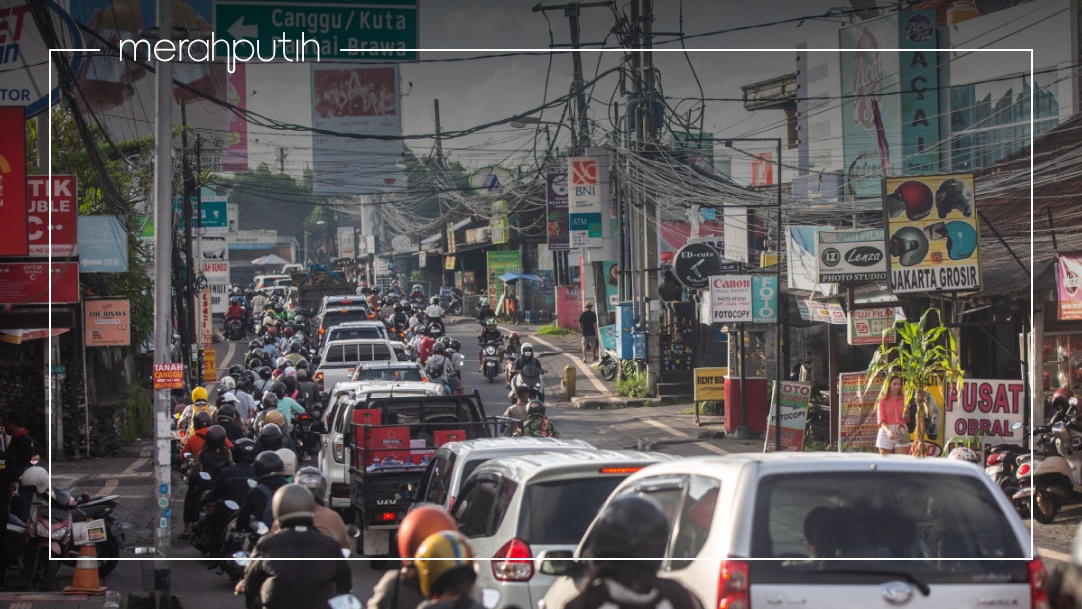As one of the world’s most popular holiday destinations, Bali is a year-long paradise. Even in the wetter months, there is still something for travellers to do on the island. Bali’s peak season and low season are determined by factors such as the weather and the timing of certain holidays. Before traveling to the island, being aware of peak season in Bali can help you plan for your trip appropriately.
When is peak season in Bali?
There are two occurrences of peak season in Bali: once in the summer and another towards the end of the year.
June, July, and August are the driest months in Bali. These months are right in the middle of dry season, which lasts from April to October. You can expect clear skies and a cool breeze brought over from the nearby Australian winter. Temperatures will range between 26° to 32° Celcius. These months are also considered peak season because it’s when most schools are on break for the summer.
The next peak period in Bali is December and January, which lies right in the middle of the island’s rainy season, typically between November to March. During this time, there will be heavy rainfall and high humidity, with cooler temperatures in the mountain areas. Though the weather might be less friendly, many still flock to the island in this period of time to celebrate Christmas and New Years.
The pros and cons of peak season in Bali
Although peak season is the most popular time to visit Bali, you may want to consider some pros and cons before planning your trip.
Pros
The best reason for travelling to Bali during peak season is the weather. The right amount of sun and cool gusts of wind are ideal for outdoor activities. Water sports like surfing, diving, snorkelling, and paddleboarding, are best done in the dry season. You can also expect clearer views on hikes and beautiful sunsets on the beach.
Cons
Because this period of time is a holiday for many, Bali’s more touristy hot spots are often crowded and congested, and surfers may be fighting for waves at the lineup. You’ll also be paying higher prices on flights and accommodation as the demand skyrockets.
Related article: Don’t Let Traffic in Bali Ruin Your Vacation
Tips for traveling during peak season in Bali
Booking early is the name of the game if you’re thinking of visiting Bali in the summer or late in the year. This doesn’t only apply for travel and accommodation, but also for restaurants, bars, and beach clubs. Make reservations in advance, especially for popular establishments, to ensure you and your group get a spot.
Off season in Bali
The rest of the year is considered to be Bali’s off season. From February to May and September to November, you can expect the island to be quieter, with less crowd and traffic. Flights and accommodation are more affordable if you choose to visit during these months.
Although the weather may be less friendly in the wet season, you may occasionally get a few hours of sunshine a day if you’re lucky. While it may not be advisable to engage in outdoor activities, there are still plenty of things to do.
Related article: A Traveller’s Guide to Bali Weather
Relax
The Seminyak and Canggu areas offer a wide selection of spas. From traditional Balinese massages to lymphatic drainage treatments, pamper yourself with a relaxing spa day.
Play indoor sports
Surfing and hiking may be out of the question, but there are plenty of indoor sports centres in Bali. From bouldering to padel to the high intensity workouts at the gym, get a group of friends together and get your endorphin boost from working out.
Engage in culture
Experience Bali’s rich history and culture by visiting museums and art galleries around the island. You’ll find more of these spaces as you travel further north.
Explore local cuisine
Making your trip to Bali a culinary excursion is one way to spend low season in Bali. The vast array of local delicacies will take a few days to get through. You can visit traditional markets, street vendors, mid-range chain restaurants, as well as high end establishments to fully experience everything that Bali has to offer.
For the best fine dining in Bali, visit Merah Putih restaurant in Petitenget. Dine in luxury indoors, surrounded by high ceilings and tall palm trees and enjoying unique renditions of classic Indonesian and Balinese recipes.
Whether you’re visiting during peak season or off season, book a table at Merah Putih and claim these special gift vouchers.
FAQ
Bali’s off seasons are between February to May and September to November. During this time, you can expect the island to be quieter, with less crowd and traffic. Flights and accommodation are more affordable if you choose to visit in the off season.
The dry season, which lasts from April to October, is the best time to go to Bali. You can expect clear skies and a cool breeze brought over from the nearby Australian winter. Temperatures will range between 26° to 32° Celcius. Summer break occurs right in the middle of this dry season, which is why June to August is considered to be Bali’s peak season.
If you’re traveling on a budget, visiting in the off season may be the way to go. From February to May and September to November, there is less foot traffic on the island, creating less demand and lowering the prices of flights and accommodation.
Bali’s wet season occurs from February to May and September to November. These months are known to have heavy rainfall. Although the weather may be less friendly in the wet season, you may occasionally get a few hours of sunshine a day if you’re lucky. While it may not be advisable to engage in outdoor activities, there are still plenty of things to do.

